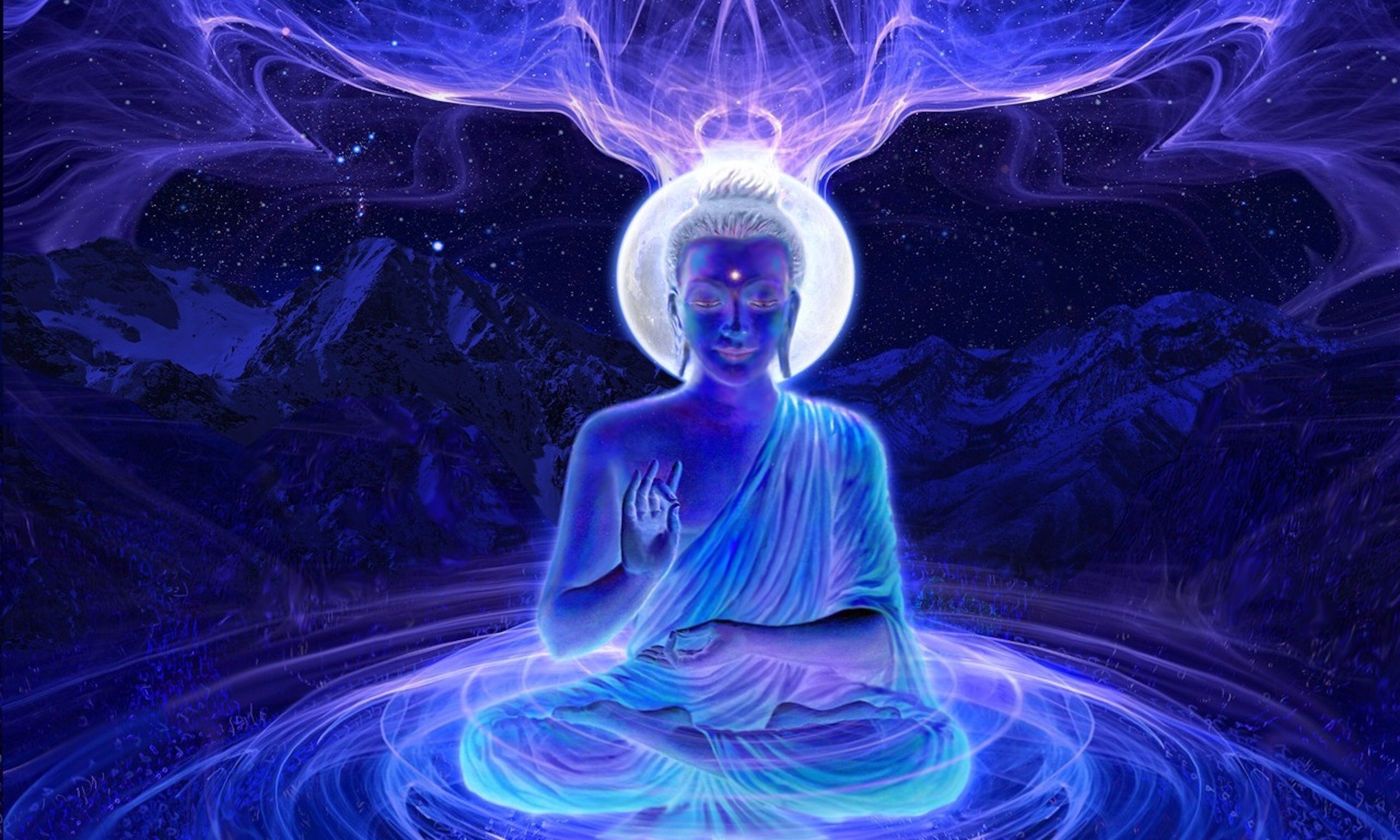In the realm of human experience, both waking and dreaming, lies a profound truth: all that we perceive, feel, and encounter is underpinned by a subtle yet potent force known as prana.
Referred to as “lung” in Tibetan and prana in Sanskrit, this vital energy flows through intricate channels within the body, shaping our perceptions and influencing our state of being.
Within the vast network of the human body, countless channels crisscross and intertwine, serving as conduits for the flow of prana. These channels form the invisible pathways through which energy moves, animating our physical, mental, and spiritual dimensions.
Moreover, the intricate dance of channels, prana, and chakras extends beyond the boundaries of life itself, encompassing the transition from life to death and beyond. Mystical experiences and encounters in the intermediate state after death are believed to be intricately tied to the opening and closing of energy points within the subtle body.
While these channels may elude detection within the confines of the physical dimension, there exists a profound opportunity for awareness and exploration. Through dedicated practice and introspection, individuals can cultivate a heightened sensitivity to the subtle energies that permeate their being, unlocking the mysteries of the inner landscape and transcending the limitations of the material world.
Chakras Explained
There are three root channels, with six major chakras located on and within them. From these six chakras, three hundred and sixty branch channels spread throughout the body. In women, the three root channels are the red channel on the right side of the body, the white channel on the left, and the blue central channel. In men, the right channel is white, and the left channel is red. These three root channels converge approximately four inches below the navel.
The two side channels, each approximately the diameter of a pencil, ascend on either side and in front of the spine, pass through the brain, curling under the skull at the top of the head, and then open at the nostrils. The central channel rises vertically between them, positioned in front of the spine. It is approximately the diameter of a cane, widening slightly from the heart area to the crown of the head, where it terminates.
The white channel (located on the right in men and on the left in women) serves as the conduit for the energies associated with negative emotions. Sometimes referred to as the channel of method.
The red channel (situated on the left in men and on the right in women) serves as the pathway for positive or wisdom energies.
Hence, in dream practice, men sleep on their right side and women on their left to exert pressure on the white channel, thereby partially closing it while simultaneously opening the red wisdom channel. This fosters enhanced dream experiences characterized by a more positive emotional state and increased clarity.
The blue central channel is recognized as the channel of non-duality. It is within the central channel that the energy of primordial awareness (rigpa) flows. Dream practice ultimately guides consciousness and prana into the central channel, transcending both negative and positive experiences. Upon achieving this, the practitioner realizes the unity inherent in all apparent dualities. Typically, mystical experiences, profound sensations of bliss, emptiness, clarity, or rigpa are energetically rooted in the central channel.





